The Liberty Molly is an old acquaintance in the aquarium, but until recently it was considered to be a mere variant and synonym of the common Central American shortfin molly (Poecilia sphenops). Only in recent years have efforts been made to shed light on the darkness that makes the systematic classification of these fish so difficult using the latest methods, including DNA examinations (see also our entries on Black Molly and Poecilia butleri). Since then, Poecilia salvatoris, which was already described as a separate species from El Salvador in 1907, has been “rediscovered” as a good species. These fish have been scientifically documented from El Salvador, Guatemala, Honduras and Nicaragua.
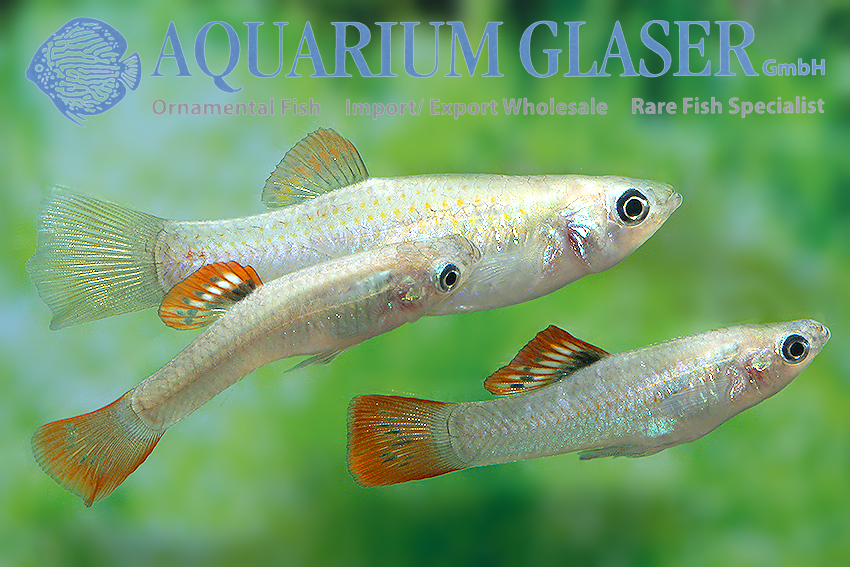
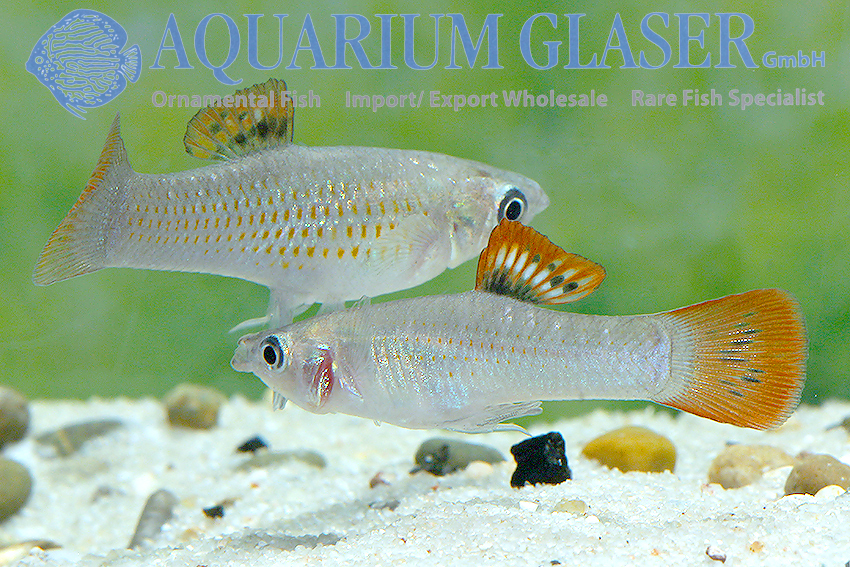
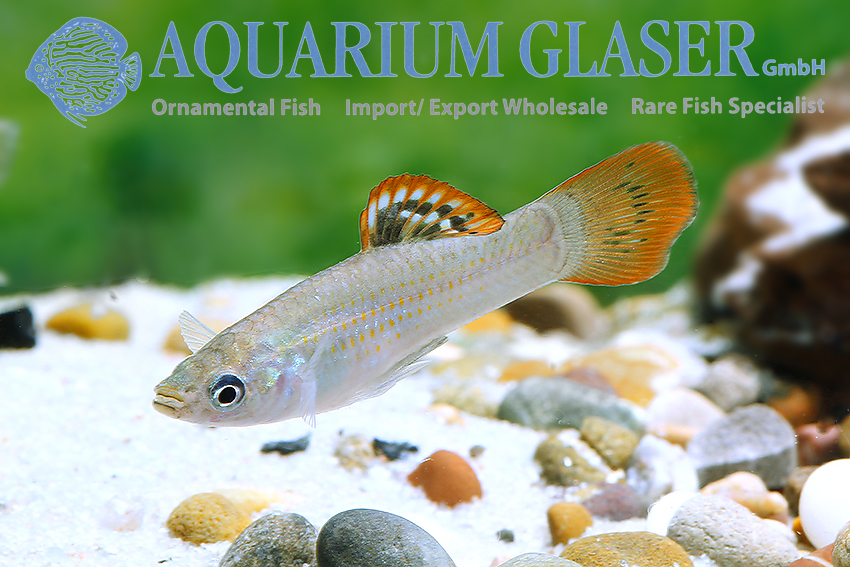
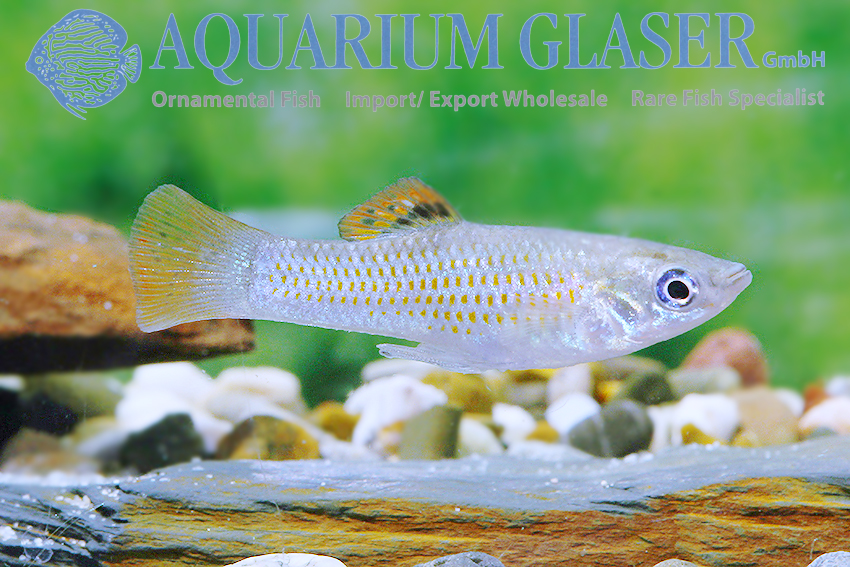
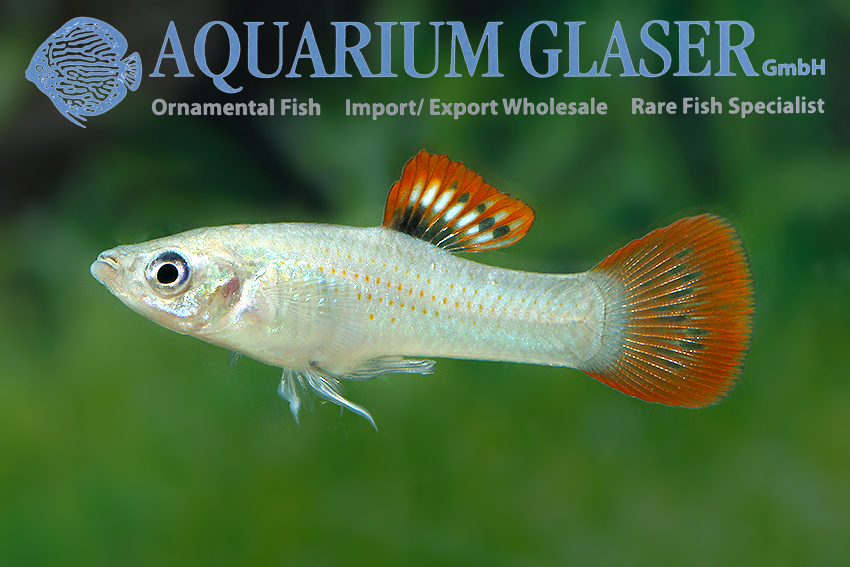
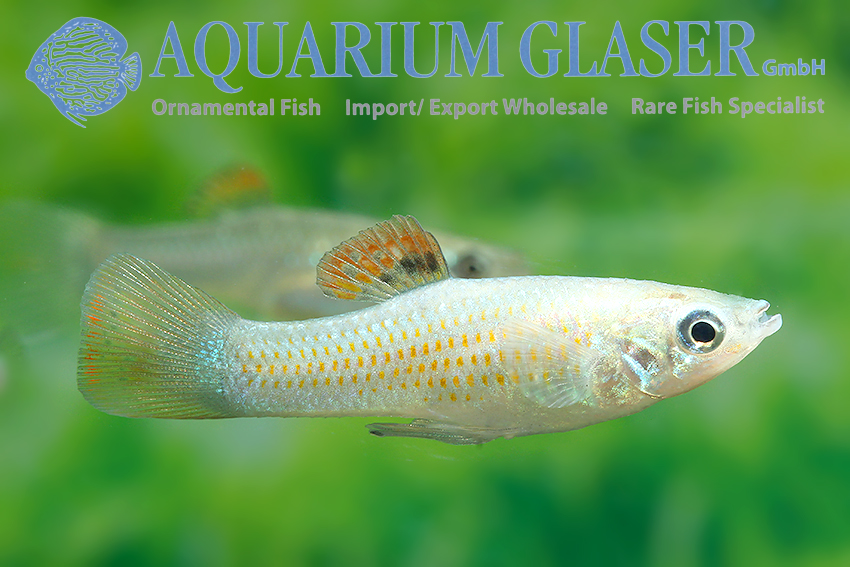
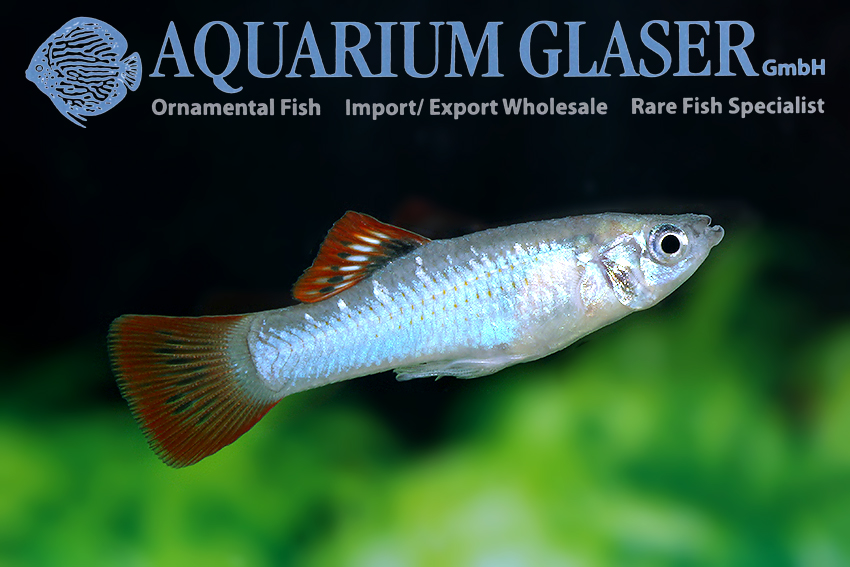
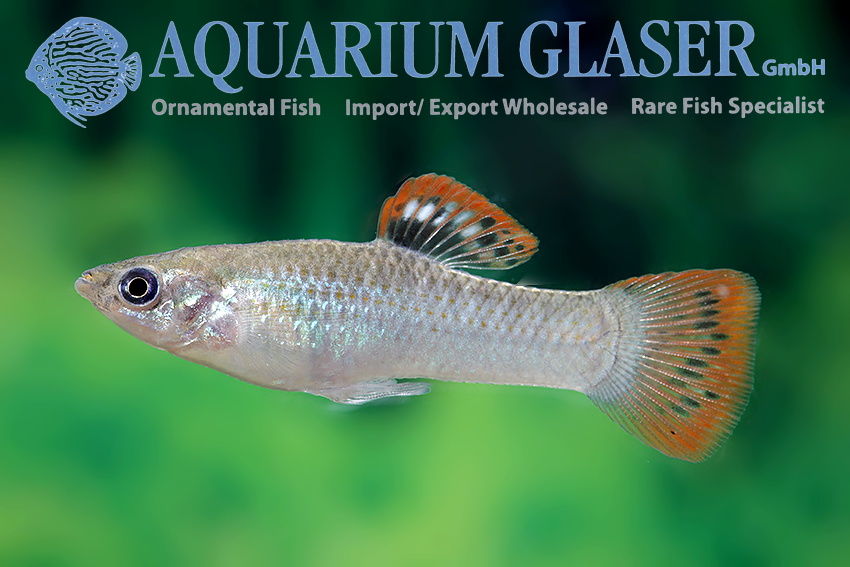
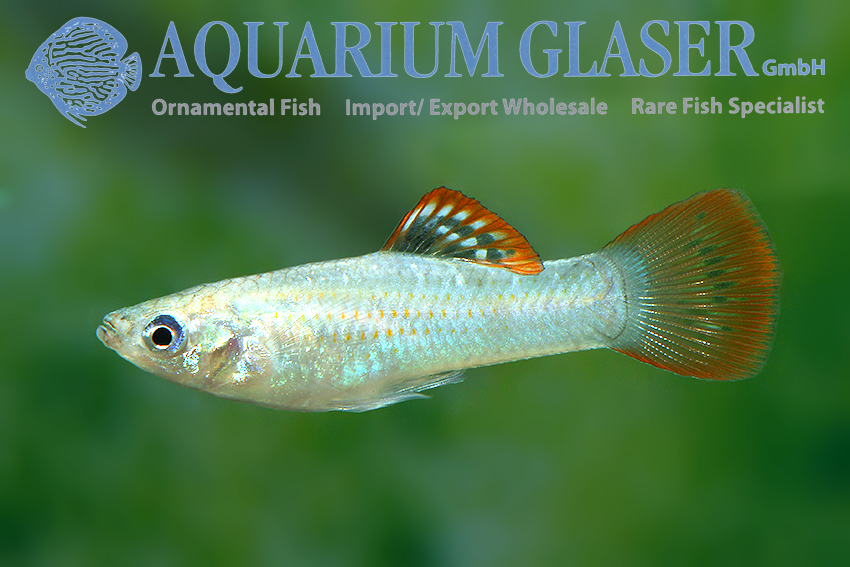
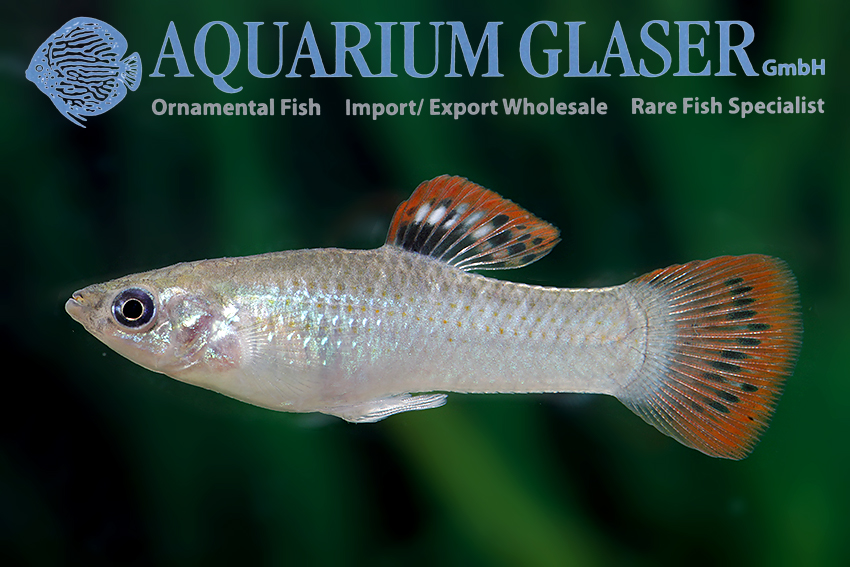
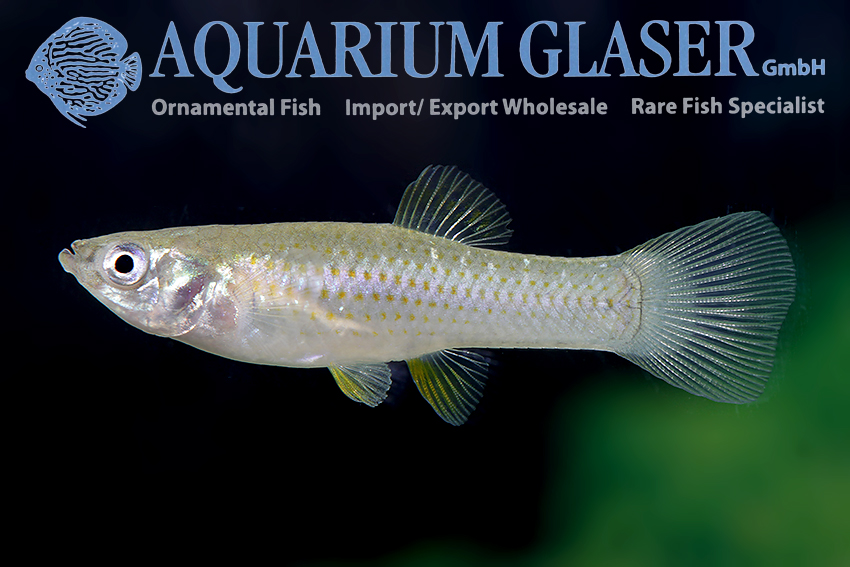
The Liberty Molly first appeared in aquariums in 1935. The animals were a very beautiful orange-finned variety from Yucatan, although it is not clear whether this refers to the peninsula or the Mexican state (although the peninsula is more likely). William Innes even produced a color illustration of the attractive animals, which was very expensive at the time and shows how beautiful the fish are. Unfortunately, the strain at that time proved to be extremely incompatible with other fish.
It was given the name “Liberty Molly” because the three-colored dorsal fin of the males reminded imaginative people of the colors of the French tricolor and the American flag – both symbols of liberty.
In the meantime, almost 100 years of selective breeding have resulted in relatively peaceful animals. Similar to Tiger barbs (Puntigrus) or Red Rio Tetras (Hyphessobrycon flammeus), group size is also important in this respect. Animals kept in groups that are too small can become real pests in the aquarium, constantly harassing and bullying other fish.
Liberty mollies are ideal for larger community aquariums with cichlids, catfish and larger tetras. These fish do not put up with anything from the Mollys and also prefer to live in the middle and lower water layers, whereas the Mollys – as in nature – prefer to swim close to the surface; however, it can often be observed that well-acclimatized Liberty Mollys swim along the entire water column. All in all, Liberty Mollies are a beautiful and lively wild form of livebearers, but the special behavioral characteristics mentioned above must be taken into account.
For our customers: the animals have code 280563 on our stock list. Please note that we only supply the wholesale trade.
Text & photos: Frank Schäfer




